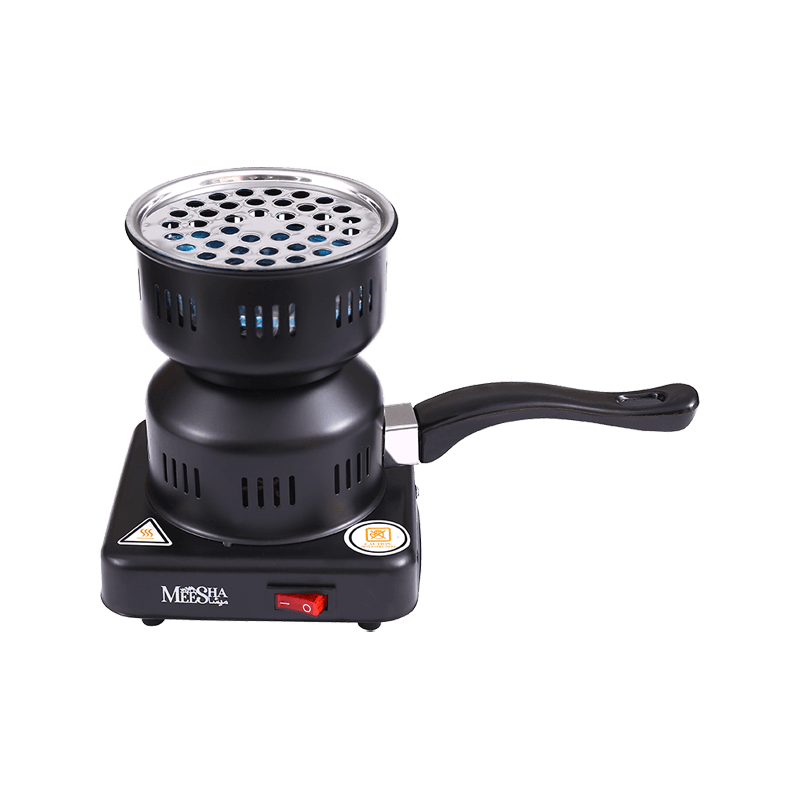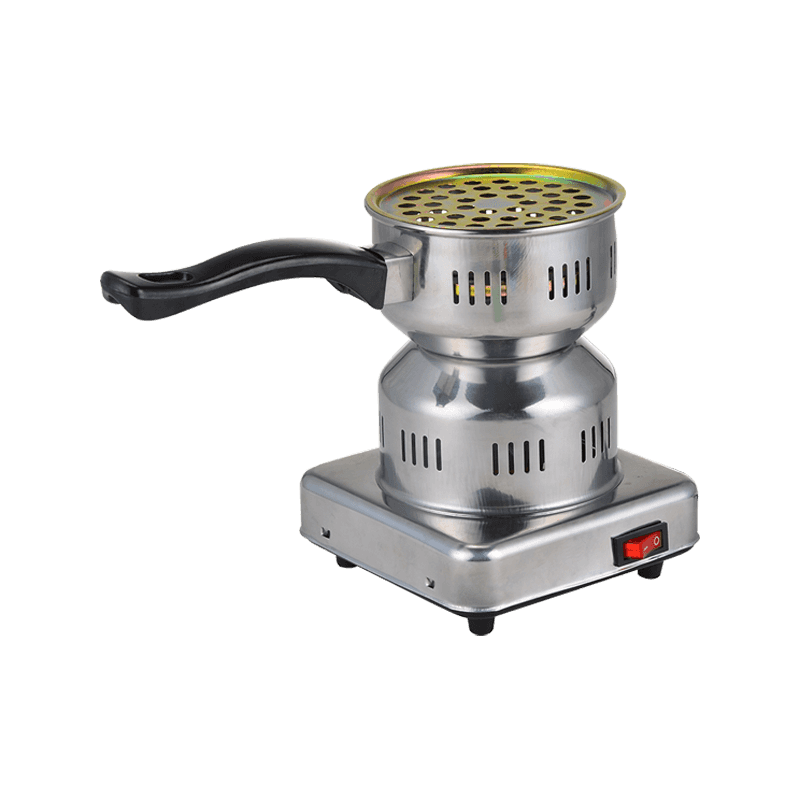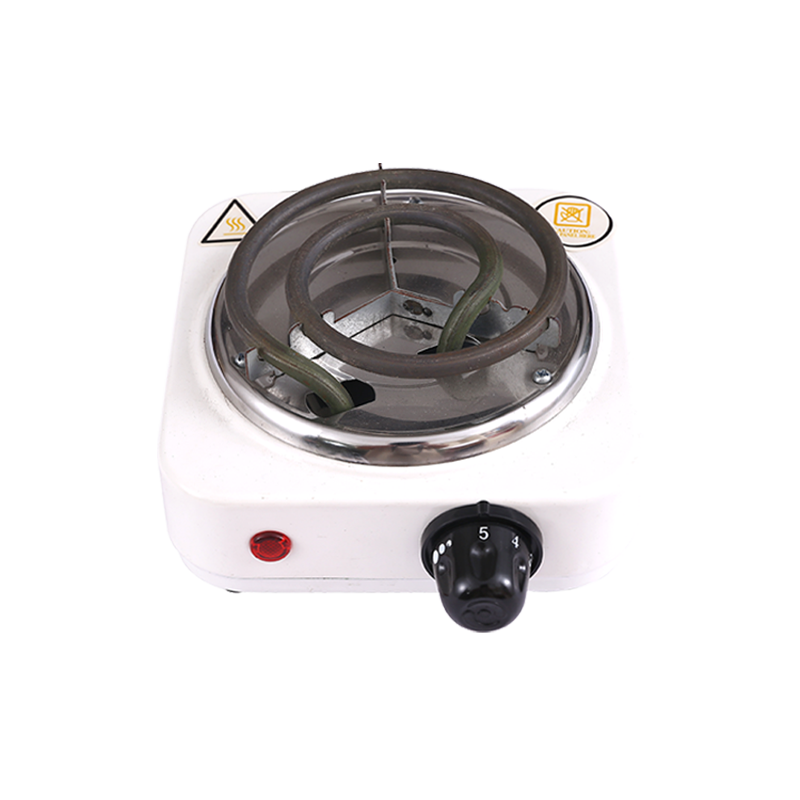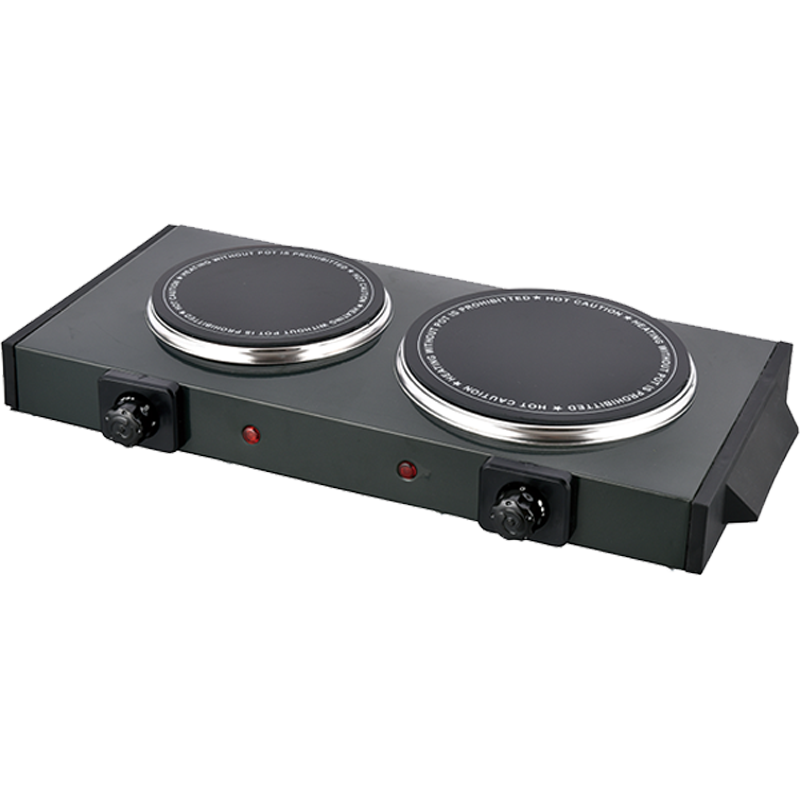+86-579-87253168
OEM electric hot plate burner coil Manufacturer
The electric hot plate burner has undergone significant technological advancements in recent years, driven by the need for more efficient, precise, and energy-saving cooking solutions. At the core of these developments is the evolution of heating element technology, particularly the distinction between traditional resistance heating and the more advanced induction heating. This article delves into these two heating methods, exploring their differences, advantages, and how they impact cooking efficiency and energy consumption.
Understanding Resistance Heating in Electric Hot Plate Burners
Resistance heating is the most common and longstanding method used in electric hot plate burners. It operates on a simple principle: an electric current passes through a resistive element, typically made of metal, which heats up due to electrical resistance. The generated heat is then transferred to the cooking surface, warming pots and pans placed on the burner.
Key Features of Resistance Heating
Simplicity and Durability: Resistance heating elements are known for their simplicity and durability. They are relatively inexpensive to manufacture and maintain, making electric hot plate burners with resistance heating a popular choice for households and commercial kitchens alike.
Versatility: Electric hot plate burners with resistance heating can be used with various cookware materials, including stainless steel, cast iron, aluminum, and even glass. This versatility makes them an appealing option for those who prefer a wide range of cooking techniques.
Temperature Control: While resistance heating offers decent temperature control, it is less responsive compared to newer technologies. The heating element takes time to heat up and cool down, which can lead to fluctuations in cooking temperature and potentially uneven cooking results.
The Rise of Induction Heating in Electric Hot Plate Burners
Induction heating is a more recent innovation in the world of electric hot plate burners. Unlike resistance heating, which relies on heat conduction from an element to the cookware, induction heating generates heat directly within the cookware itself through electromagnetic induction.
How Induction Heating Works
Induction heating utilizes an electromagnetic field generated by a coil beneath the burner’s cooking surface. When a magnetic material, such as cast iron or certain types of stainless steel, is placed on the burner, the electromagnetic field induces an electric current within the material. This current generates heat, which cooks the food.
Advantages of Induction Heating
Efficiency and Speed: Induction heating is significantly more efficient than resistance heating. Since heat is generated directly in the cookware, there is minimal heat loss, leading to faster cooking times and reduced energy consumption. Electric hot plate burners with induction heating can bring a pot of water to boil in a fraction of the time compared to traditional burners.
Precise Temperature Control: Induction heating offers superior temperature control. The instant response of the electromagnetic field allows for precise adjustments, making it easier to achieve consistent cooking results. For tasks that require meticulous temperature management, such as melting chocolate or simmering sauces, induction burners excel.
Safety Features: One of the notable safety features of induction heating in electric hot plate burners is that the cooking surface remains relatively cool to the touch. Since heat is generated within the cookware, the risk of burns or accidental fires is minimized, making it a safer option for both home and professional kitchens.
Comparing Energy Consumption and Environmental Impact
When evaluating electric hot plate burners, energy consumption is a crucial factor, especially in an era where sustainability is a growing concern. Resistance and induction heating methods have distinct impacts on energy use and, consequently, on the environment.
Resistance Heating Energy Consumption
Electric hot plate burners using resistance heating are generally less energy-efficient. The process of transferring heat from the element to the cookware involves inherent energy losses. Additionally, the longer heat-up and cool-down times of resistance heating elements contribute to higher overall energy consumption. This can lead to increased utility bills and a larger carbon footprint over time.
Induction Heating Energy Efficiency
Induction heating is celebrated for its energy efficiency. Since nearly all the generated energy is used to heat the cookware directly, there is minimal waste. Studies have shown that induction heating can be up to 90% efficient, compared to around 70-75% efficiency for resistance heating. This efficiency not only reduces energy costs but also aligns with efforts to minimize environmental impact.
Practical Considerations for Consumers
While induction heating in electric hot plate burners offers numerous benefits, it also comes with certain considerations. For one, induction burners require compatible cookware with magnetic properties, which may necessitate an investment in new pots and pans for those transitioning from traditional electric hot plate burners. Additionally, induction burners tend to be more expensive upfront due to the advanced technology involved.
On the other hand, electric hot plate burners with resistance heating remain a reliable and cost-effective option, particularly for users who already own non-magnetic cookware or who prioritize simplicity and versatility in their cooking appliances.
The Future of Electric Hot Plate Burners
As the demand for energy-efficient and environmentally friendly kitchen appliances grows, the adoption of induction heating in electric hot plate burners is expected to increase. However, resistance heating is unlikely to disappear, given its affordability and widespread use. Instead, we may see further innovations aimed at enhancing the efficiency and performance of both heating methods.
Manufacturers are likely to focus on hybrid models that combine the best aspects of resistance and induction heating or develop new materials and technologies that improve energy transfer and temperature control. Moreover, as smart technology becomes more integrated into kitchen appliances, future electric hot plate burners may offer even greater precision and connectivity, catering to the evolving needs of modern consumers.
The evolution of heating element technology in electric hot plate burners, from traditional resistance heating to cutting-edge induction heating, has revolutionized cooking by offering improved efficiency, safety, and control. Whether consumers opt for the proven reliability of resistance heating or the advanced capabilities of induction heating, understanding the differences between these technologies is key to making informed decisions. As electric hot plate burners continue to evolve, they will play a crucial role in shaping the future of energy-efficient and sustainable cooking.




 عربى
عربى












